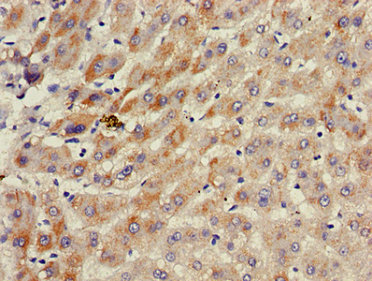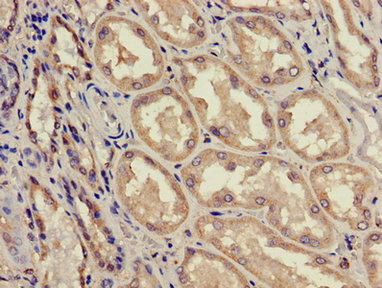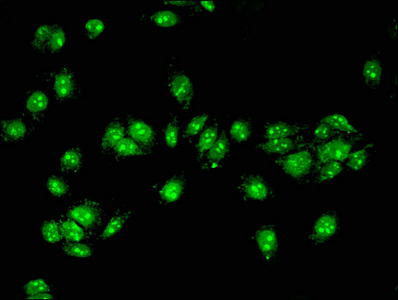Full Product Name
Rabbit anti-Homo sapiens (Human) ACAD11 Polyclonal antibody
Alternative Names
5730439E10Rik antibody; 62113 protein antibody; ACAD 11 antibody; ACAD-11 antibody; Acad11 antibody; ACD11_HUMAN antibody; Acyl CoA dehydrogenase family member 11 antibody; Acyl Coenzyme A dehydrogenase family member 11 antibody; Acyl-CoA dehydrogenase family member 11 antibody; AI987948 antibody; FLJ12592 antibody; MGC150619 antibody; Putative acyl CoA dehydrogenase antibody; RGD1306270 antibody
Immunogen
Recombinant Human Acyl-CoA dehydrogenase family member 11 protein (225-388AA)
Immunogen Species
Homo sapiens (Human)
Conjugate
Non-conjugated
The ACAD11 Antibody (Product code: CSB-PA754597LA01HU) is Non-conjugated. For ACAD11 Antibody with conjugates, please check the following table.
Available Conjugates
| Conjugate |
Product Code |
Product Name |
Application |
| HRP |
CSB-PA754597LB01HU |
ACAD11 Antibody, HRP conjugated |
ELISA |
| FITC |
CSB-PA754597LC01HU |
ACAD11 Antibody, FITC conjugated |
|
| Biotin |
CSB-PA754597LD01HU |
ACAD11 Antibody, Biotin conjugated |
ELISA |
Purification Method
>95%, Protein G purified
Concentration
It differs from different batches. Please contact us to confirm it.
Buffer
Preservative: 0.03% Proclin 300
Constituents: 50% Glycerol, 0.01M PBS, pH 7.4
Tested Applications
ELISA, IHC, IF
Recommended Dilution
| Application |
Recommended Dilution |
| IHC |
1:20-1:200 |
| IF |
1:50-1:200 |
Storage
Upon receipt, store at -20°C or -80°C. Avoid repeated freeze.
Lead Time
Basically, we can dispatch the products out in 1-3 working days after receiving your orders. Delivery time maybe differs from different purchasing way or location, please kindly consult your local distributors for specific delivery time.
Usage
For Research Use Only. Not for use in diagnostic or therapeutic procedures.









